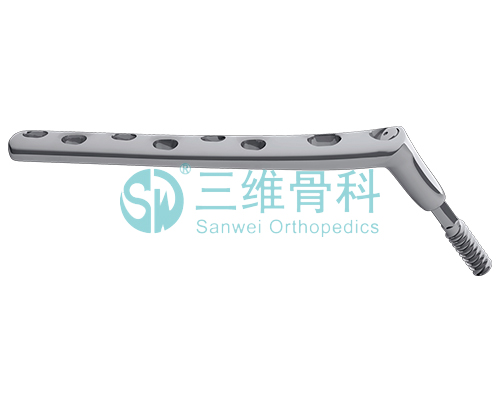Release date: 2008-06-02
U.S. uses genetic engineering technology to develop bio-computers. Researchers from various colleges such as Davidson College, University of North Carolina, and Western Missouri University have successfully created genes by adding genes to Escherichia coli. Bacterial computer. This genetically modified bacterium is a "microorganism" that can be calculated literally. Experiments show that it does have the ability to solve the traditional math problem "turning pancake problem." The research was published on the May 21st website of the Daily Science.
The traditional "pancake puzzle" contains a bunch of pancakes of different sizes, each with a golden face and a toasted face. The requirement is to place the largest pancakes at the bottom and make the golden side of each pancake face up, and the solver can only operate one or several consecutive pancakes at a time, changing the order or orientation to meet the requirements. The path with the fewest steps is the best solution. This traditional problem is a fundamental algorithmic problem in the computer field.
In the experiment, the researchers used DNA fragments as "pancakes", added genes isolated from other bacteria to E. coli, and designed a system that uses specific sites for recombination to achieve DNA element inversion. E. coli can sort and flip the "DNA pancakes" by moving and reverse inserting the DNA fragments. At the same time, the researchers also added a gene to E. coli that can make E. coli resistant to antibiotics. Only when the DNA fragments were sorted correctly, E. coli showed resistance. The time this mathematical problem is solved in bacteria reflects the minimum steps required to solve the pancake problem.
Research team leader Cameron Haynes explained that this bio-computer has more potential advantages than traditional computers. A small shake flask can cultivate tens of billions of bacteria, each of which can contain Multiple copies of DNA fragments are used for calculations; and these bacterial computers can work in parallel without interference, which means they are likely to be faster than traditional computers, use less space, and use lower costs; Bio-computers can also evolve after repeated use using repair mechanisms because they use living organisms as carriers.
As the study of living things becomes more and more detailed, people begin to use cells to accomplish the various tasks envisioned by the designer. This discipline is called synthetic biology. For example, combining the network with simple cells improves biosensing to help inspectors determine the location of a mine or biological weapon. The successful completion of this research not only proves that high-intensity calculations in biological cells is feasible, but also opens up new avenues for applications including data storage and genetic manipulation, and is a breakthrough in the field of synthetic biology.
——Shanghai Medical Device Industry Association
The DHS system is designed to provide strong and stable internal fixation of a variety of intertrochanteric, subtrochanteric and basilar neck fractures. The plate including stainless steel and titanium model. The DHS plates have a low-profile design, reducing the risk of trochanteric bursits.
The low-profile design reduces the risk of iliotibial band irritation(distal femoral fractures) and trochanteric bursitis(subtrochanteric fractures)
The DCS plates are available with 6 to 16 holes , for varied clinical situations. the DHS/DCS lag screw is available in 50mm to 145mm lengths. The DHS/DCS compression screw can be used for additional compression; only one size compression screw is needed.

DHS/DCS Dynamic Hip And Condylar System
DHS/DCS Dynamic Hip And Condylar System, DHS/DCS Dynamic Hip,DHS/DCS Condylar System,DHS Plate
Shandong Hangwei Orthopedics Medcial Instrument Co., Ltd. , https://www.hangweimedical.com